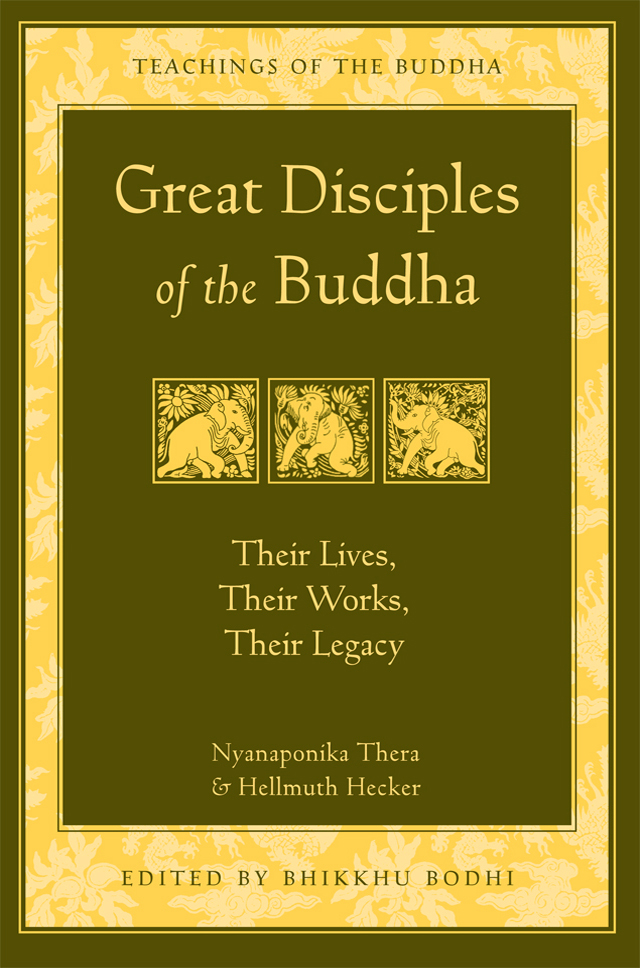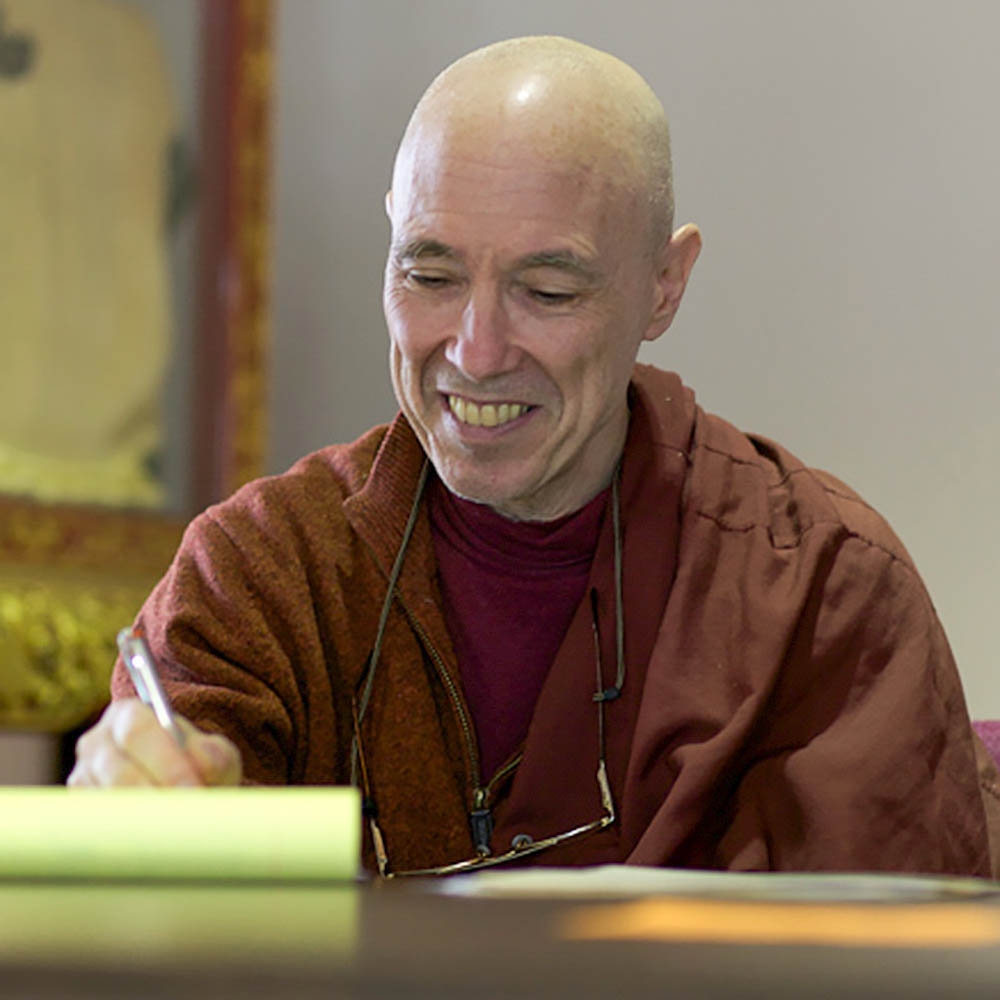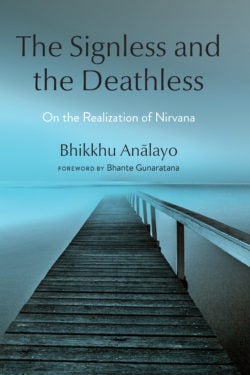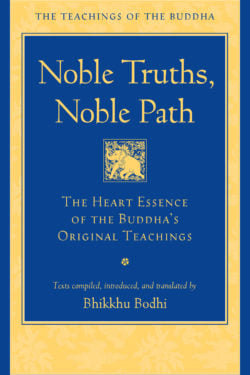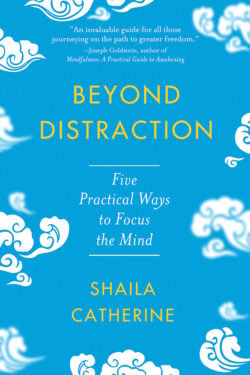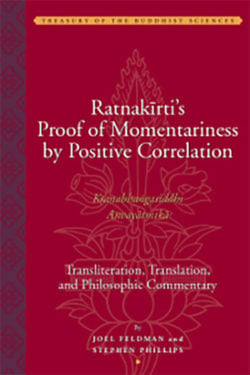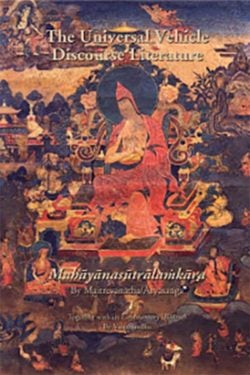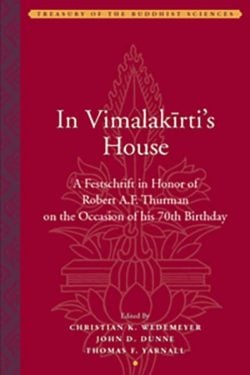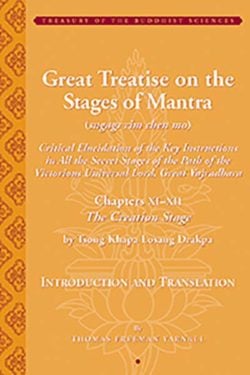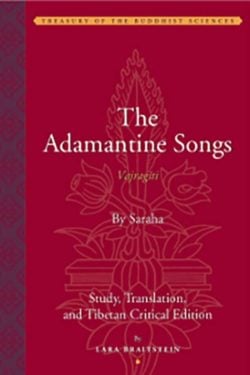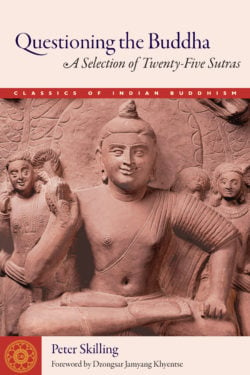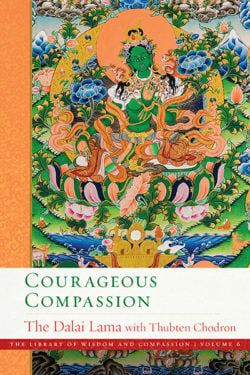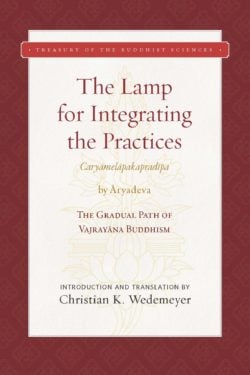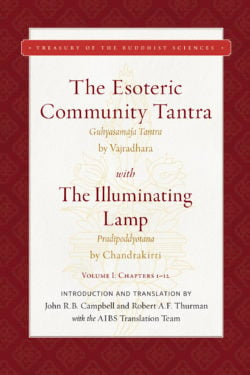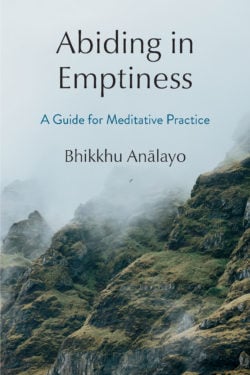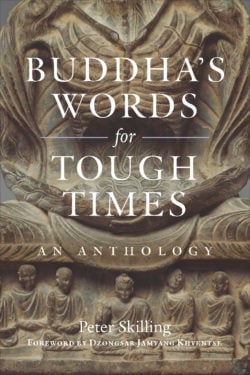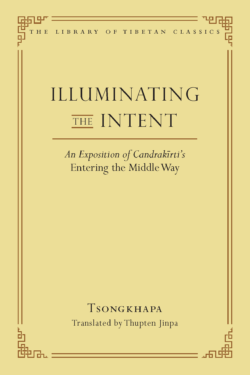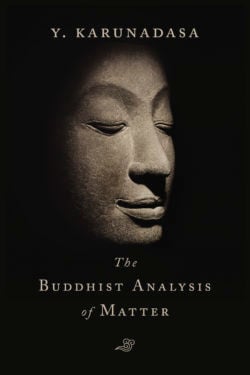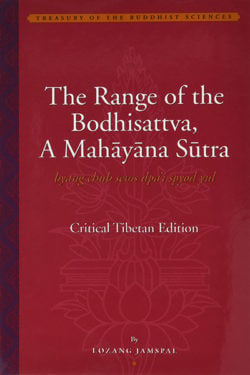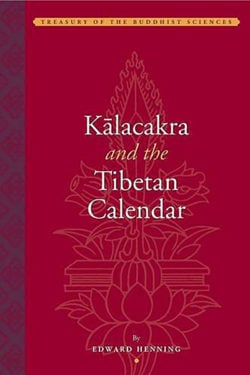GREAT DISCIPLES OF THE BUDDHA
Their Lives, Their Works, Their Legacy
Nyanaponika Thera
Hellmuth Hecker
Bhikkhu Bodhi
A perennial favorite, Great Disciples of the Buddha is now relaunched in our best-selling Teachings of the Buddha series.
Twenty-four of the Buddha’s most distinguished disciples are brought to life in ten chapters of rich narration. Drawn from a wide range of authentic Pāli sources, the material in these stories has never before been assembled in a single volume. Through these engaging tales, we meet all manner of human beings—rich, poor, male, female, young, old—whose unique stories are told with an eye to the details of ordinary human concerns. When read with careful attention, these stories can sharpen our understanding of the Buddhist path by allowing us to contemplate the living portraits of the people who fulfilled the early Buddhist ideals of human perfection. The characters detailed include:
- Sāriputta
- Nandā
- Mahāmoggallāna
- Mahākassapa
- Ānanda
- Isidāsī
- Anuruddha
- Mahākaccāna
- Aṅgulimāla
- Visākhā
- and many more.
Conveniently annotated with the same system of sutta references used in each of the other series volumes, Great Disciples of the Buddha allows the reader to easily place each student in the larger picture of Buddha’s life. It is a volume that no serious student of Buddhism should miss.

